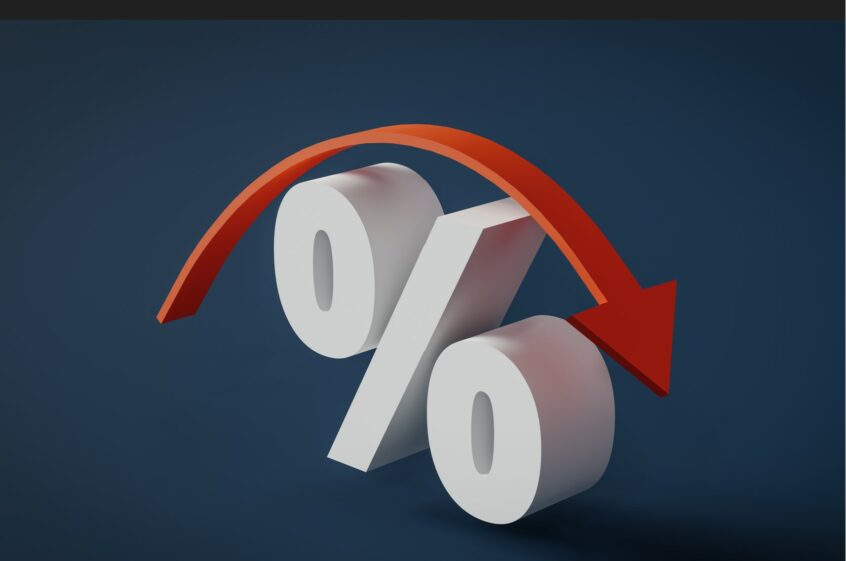Global equities continued their upward path last week, posting a gain of around 0.5% in both local currency and sterling terms. This left markets up year-to-date some 4.5% on both measures.
The US underperformed over the week with a rise of only 0.2%, hit by a retreat in the tech sector. Most other regions saw gains of around 2%, other than China which continued to claw back some of its recent losses and was up 4%.
Meanwhile, bonds were broadly flat in the UK and down a little in the US. Year-to-date, government bonds have lost 4.0% and 2.0% respectively in the UK and US as a result of the market steadily scaling back its hopes for interest rate cuts which reached fever pitch in early January.
The latest US inflation numbers prompted a further retreat in hopes for early and rapid Fed easing. Both headline and core consumer prices came in higher than expected in January. The core rate was unchanged at 3.9% while the headline rate fell but only to 3.1%. The disappointment was compounded by a larger than anticipated rise in producer prices on Friday.
Having only a few weeks ago hoped rates would be cut as soon as March and by 1.7% by year-end, the market is now pencilling in Fed easing starting in May or June and rates falling by a considerably smaller 0.75-1%. This looks rather more plausible given the resilience of the economy and that the Fed is looking for additional confirmation that inflation is heading down to 2% on a sustainable basis before cutting rates.
Here in the UK, the January inflation numbers were a pleasant surprise with a widely anticipated blip higher failing to materialise. Instead, both the headline and widely followed core measure were unchanged at 4.0% and 5.1% respectively.
Coming months should make further welcome reading with the headline rate likely to fall below 2% in April, helped in good part by a reduction in the energy price cap. Underlying wage growth remains quite elevated at 6.2% in December and will remain a background concern for the Bank of England. Even so, rates still look likely to start being reduced early summer.
On the growth front, the news was not so good. UK GDP fell a larger than expected 0.3% in the fourth quarter. This was the second consecutive decline, meeting the technical if arbitrary definition of a recession. Rather more meaningful was the 0.3% decline in activity compared with a year earlier.
Despite this, the UK economy still looks on track to see modest positive growth this year, now that wage gains are outpacing inflation, taxes are being reduced and rate cuts are in the offing. Reassuringly, retail sales bounced back strongly in January following their large fall in December.
Elsewhere, the latest growth numbers showed the Eurozone economy flatlining over both the quarter and the past year. Germany was the laggard here, with its performance very similar to that of the UK, it too falling into recession.
Further afield, another country to fall victim to a technical recession was Japan. The big exception to this story of stagnation or contraction was the US where growth remained surprisingly strong. This coming year, it should continue to see higher growth than in Japan, Europe or the UK but the gap is likely to narrow as activity elsewhere recovers a bit.
Returning to the here and now, the market’s macro focus this week will be on the minutes of the latest Fed meeting and the February business confidence numbers. But all eyes will also be on the results of Nvidia on Wednesday. Barely known all of a few years ago, the AI-chip manufacturer is now the third largest company in the US with its shares up close to 50% year-to-date.

Rupert Thompson – Chief Economist

